


Commissioning of the VEC began just before Christmas 1965. Designed, constructed and commissioned by the Rutherford High Energy Laboratory of the Science Research Council on behalf of the AEA this cyclotron was at the time one of the most versatile in the world and used for radiation chemistry, radio chemistry and radiation damage studies.
Unidentified Harwell machine March 1960 or February 1962:
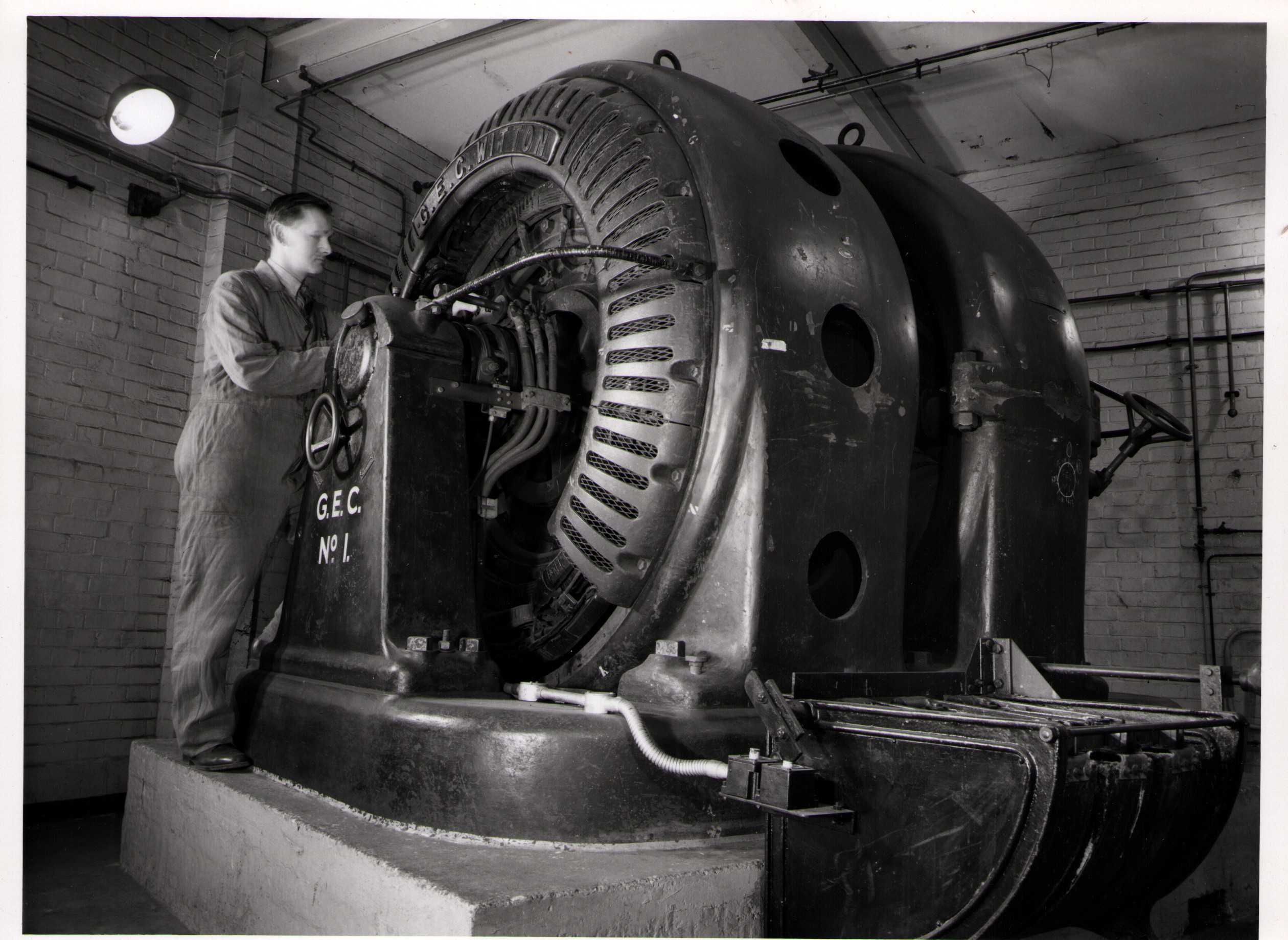
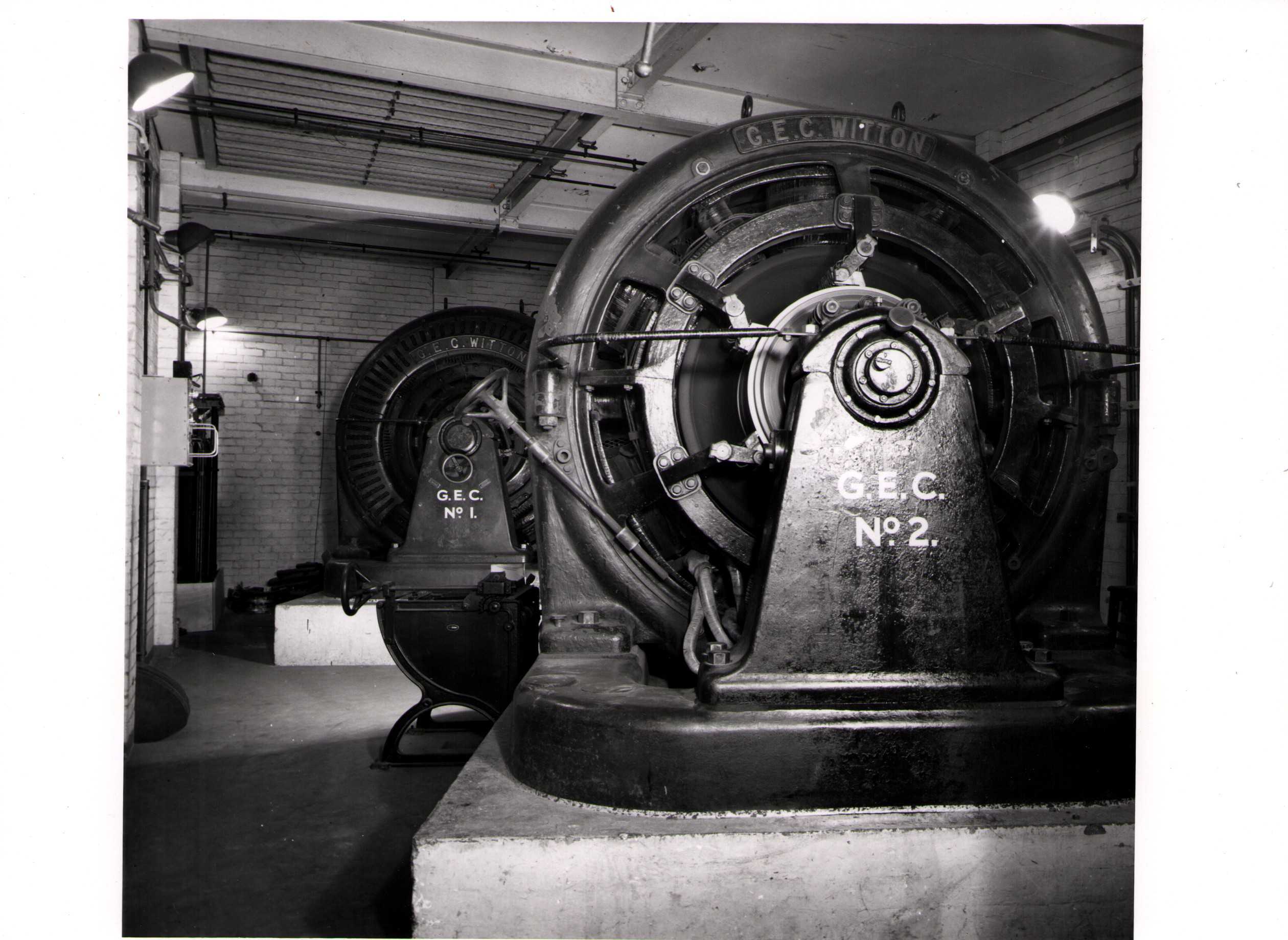
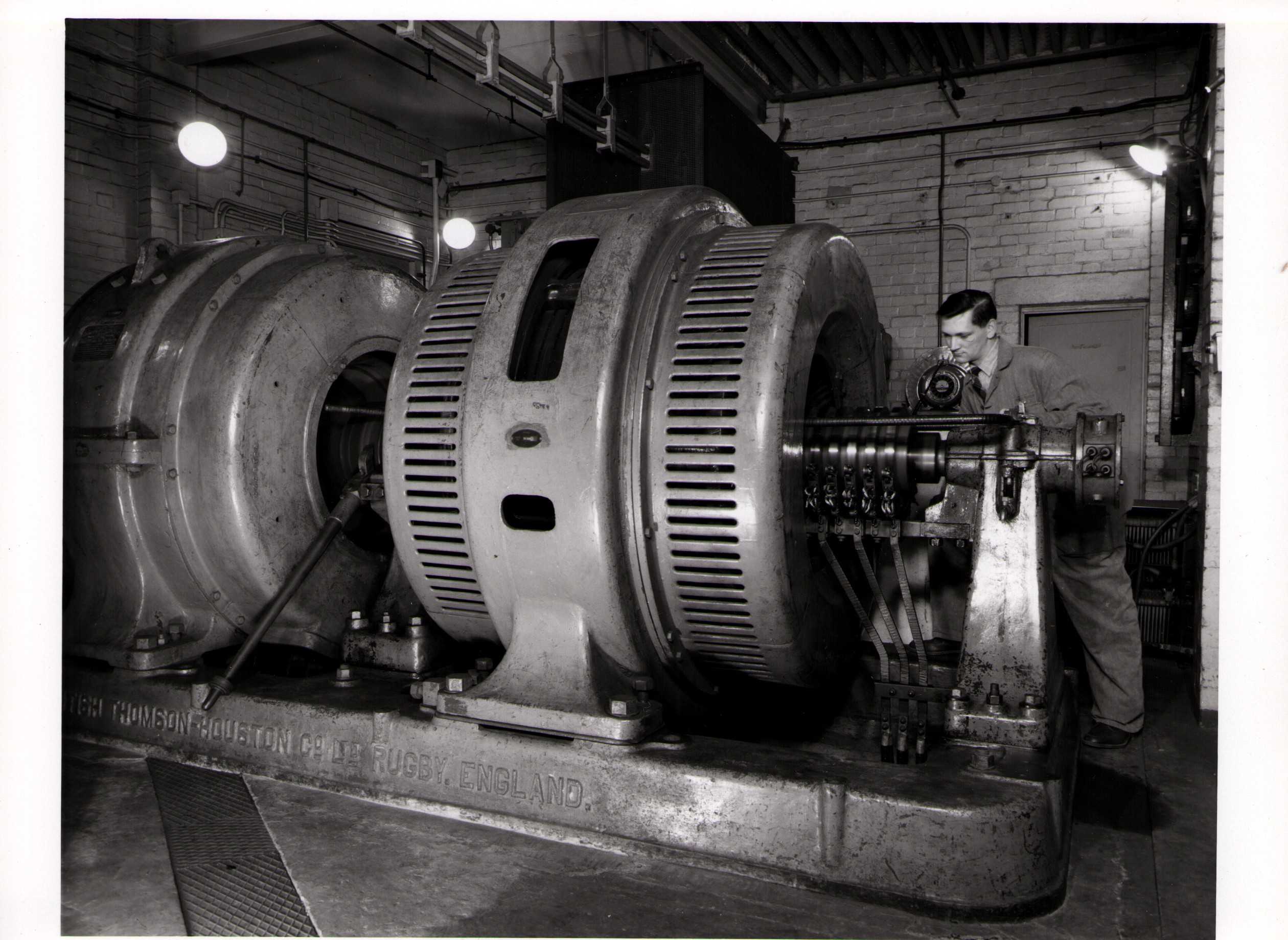
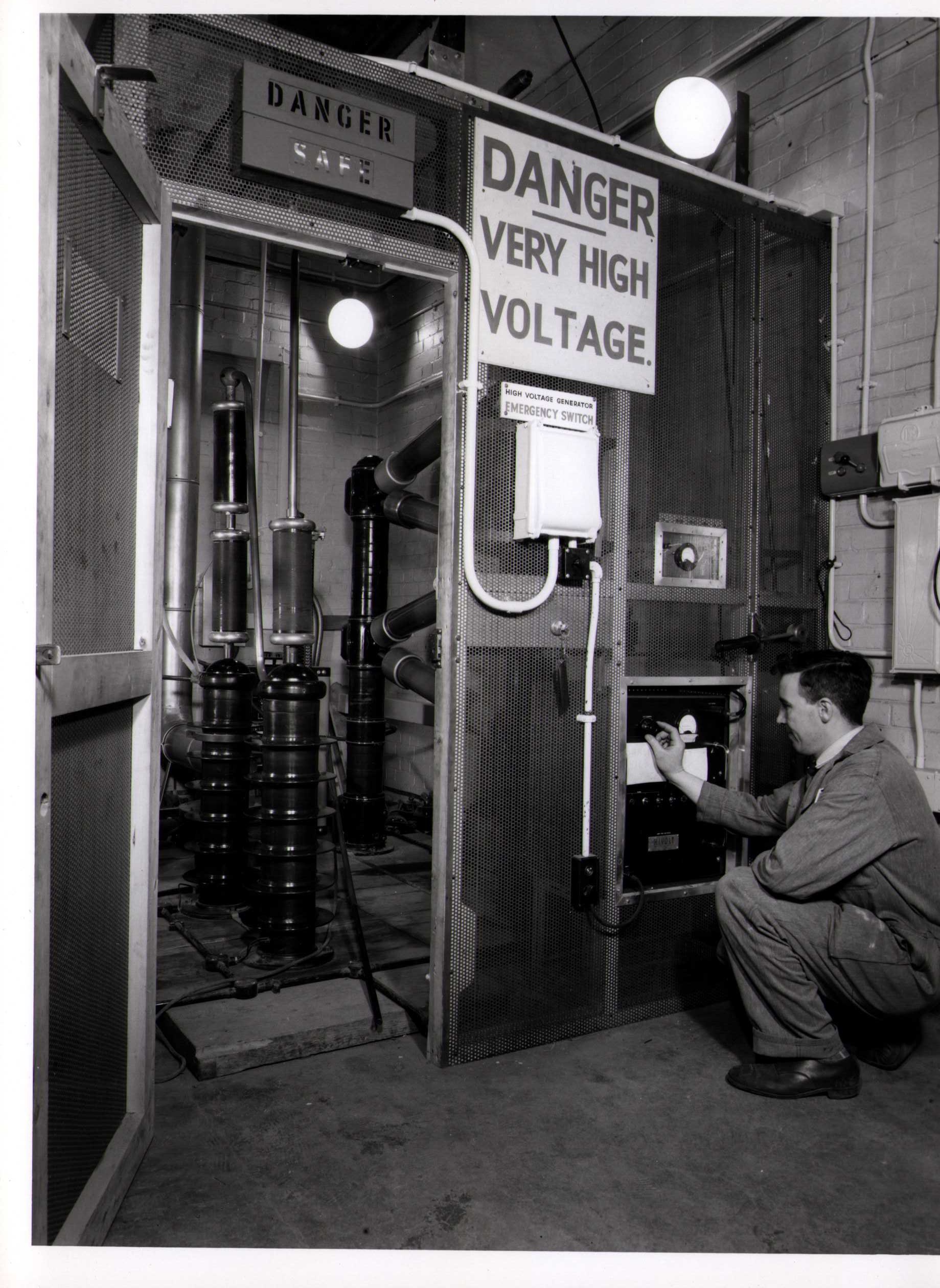
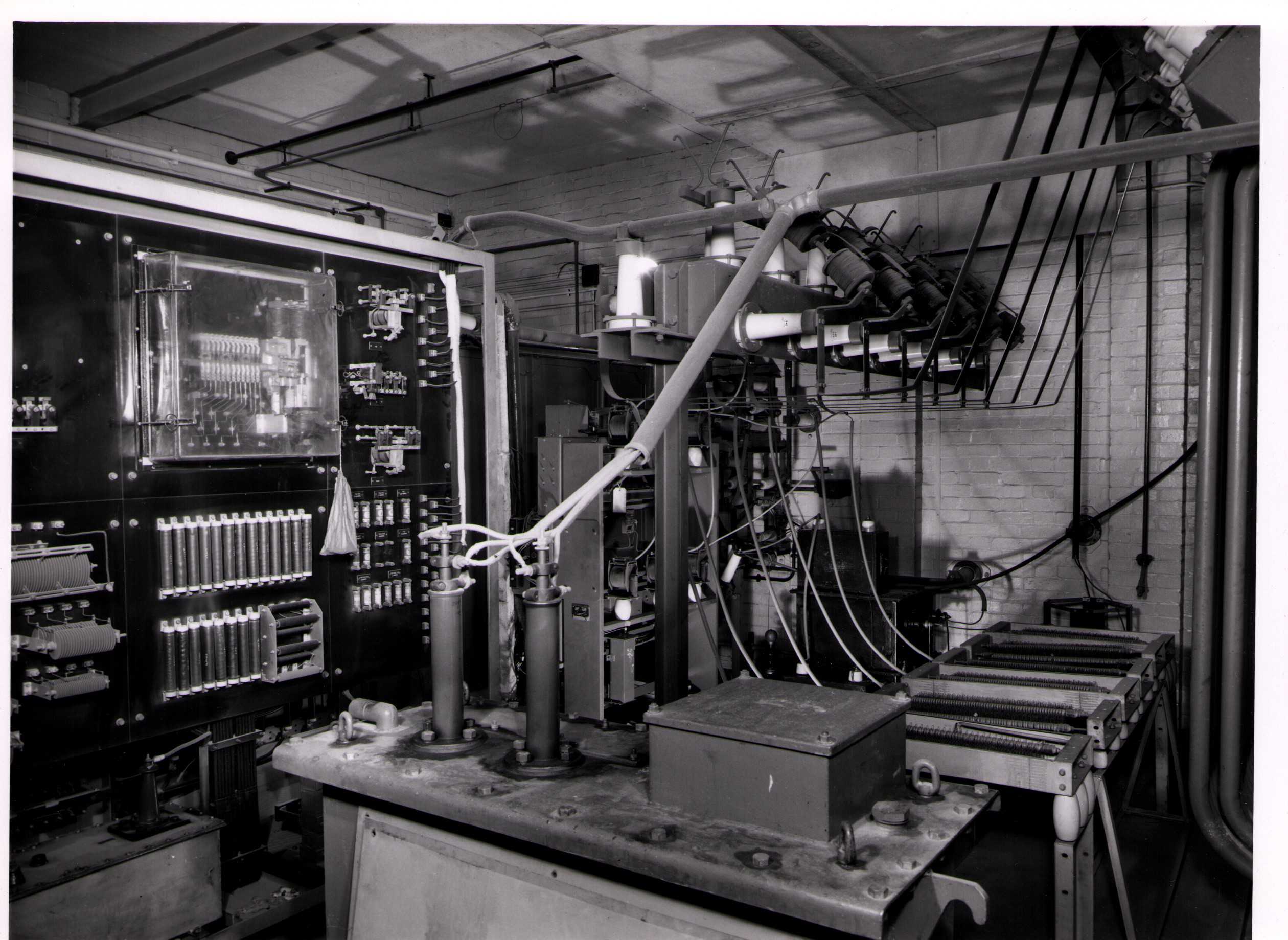
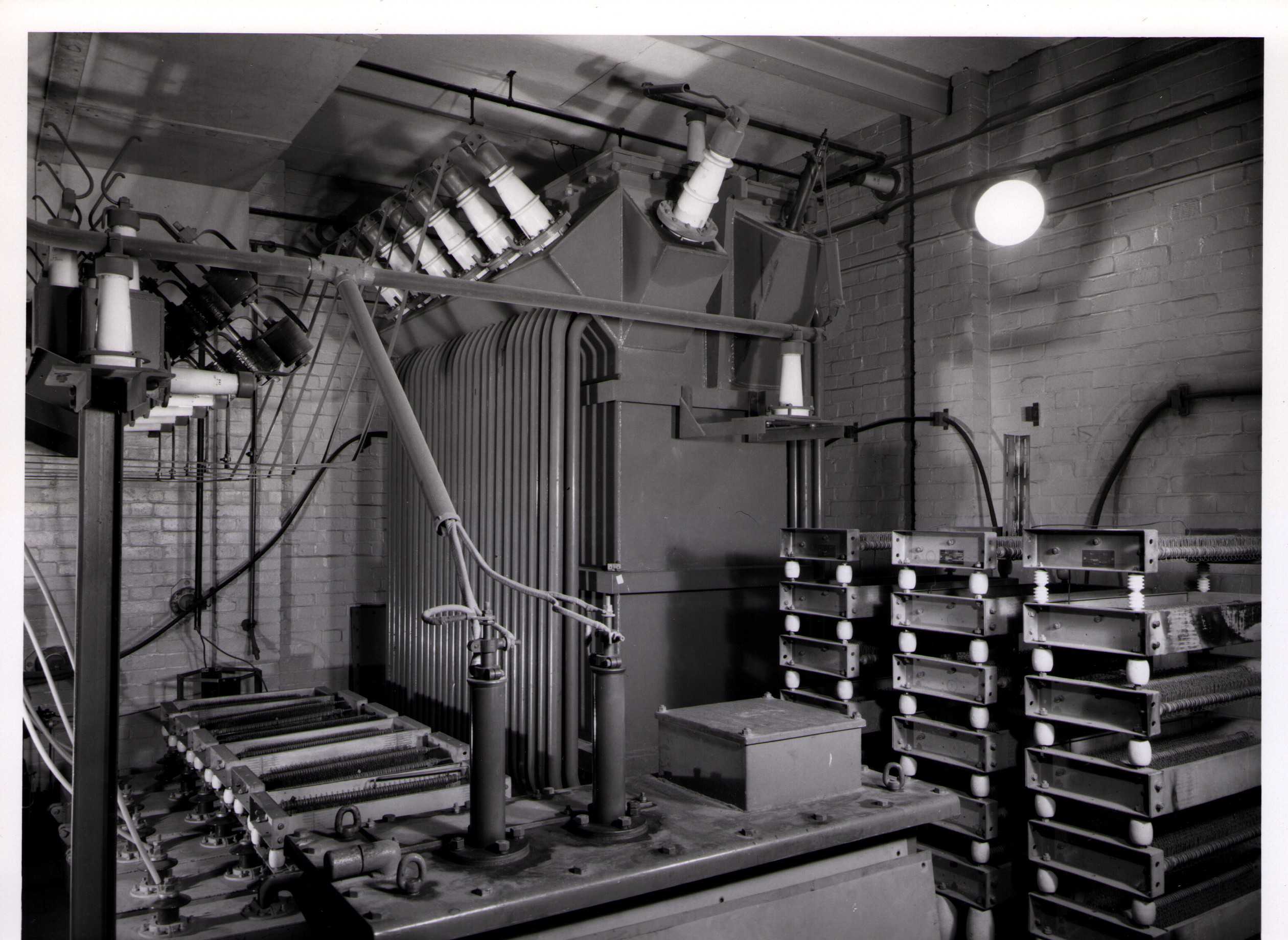
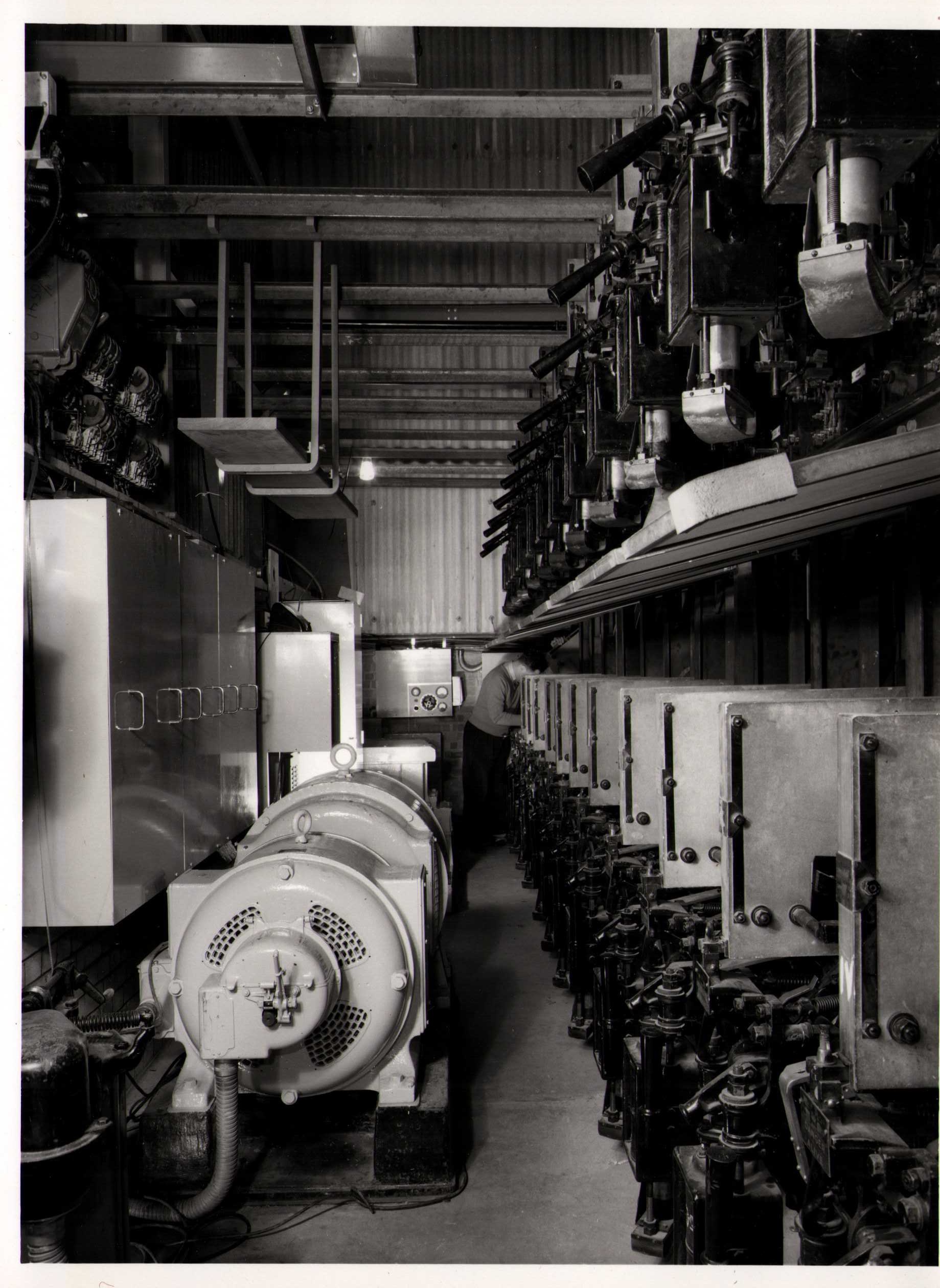
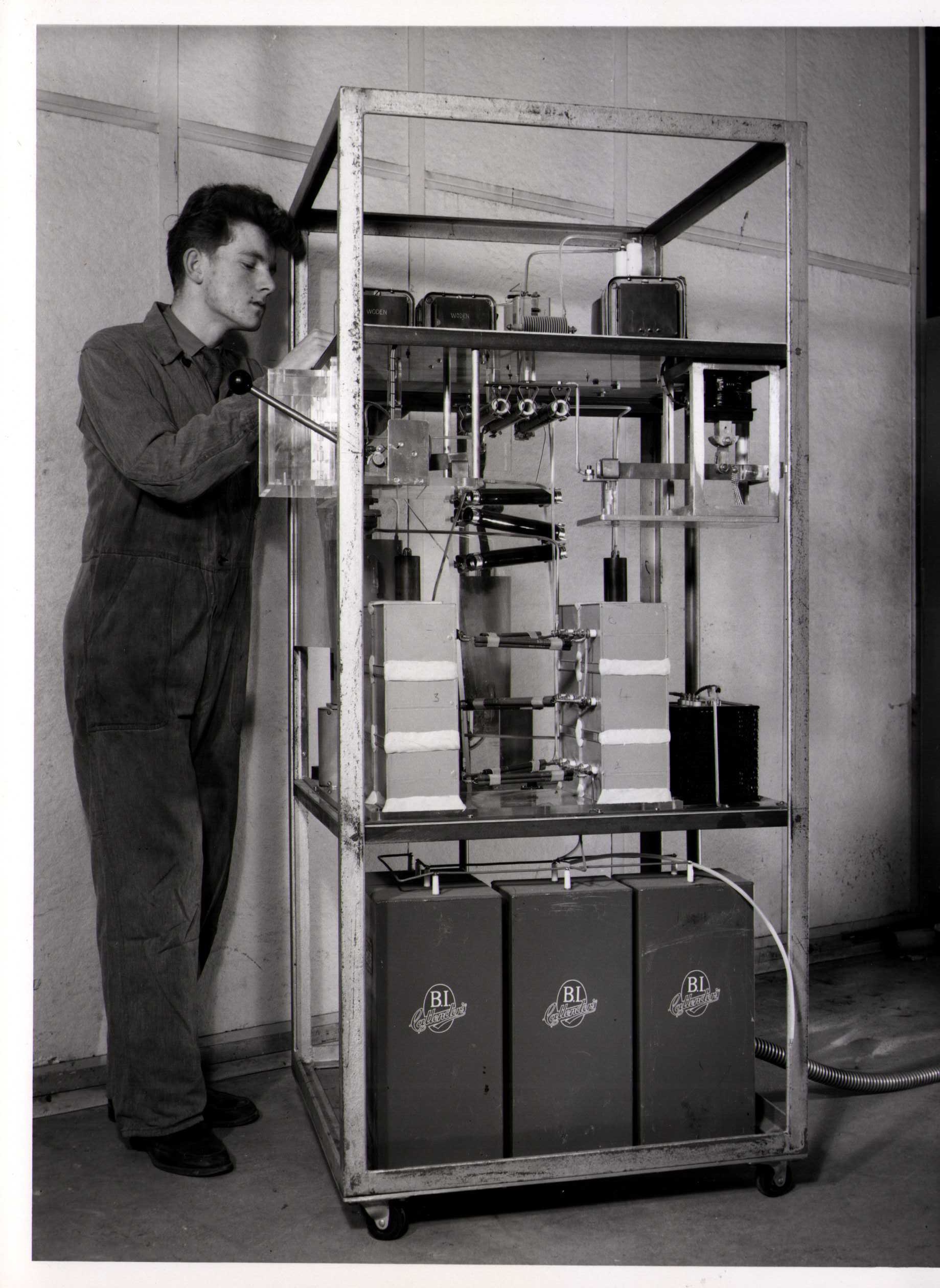
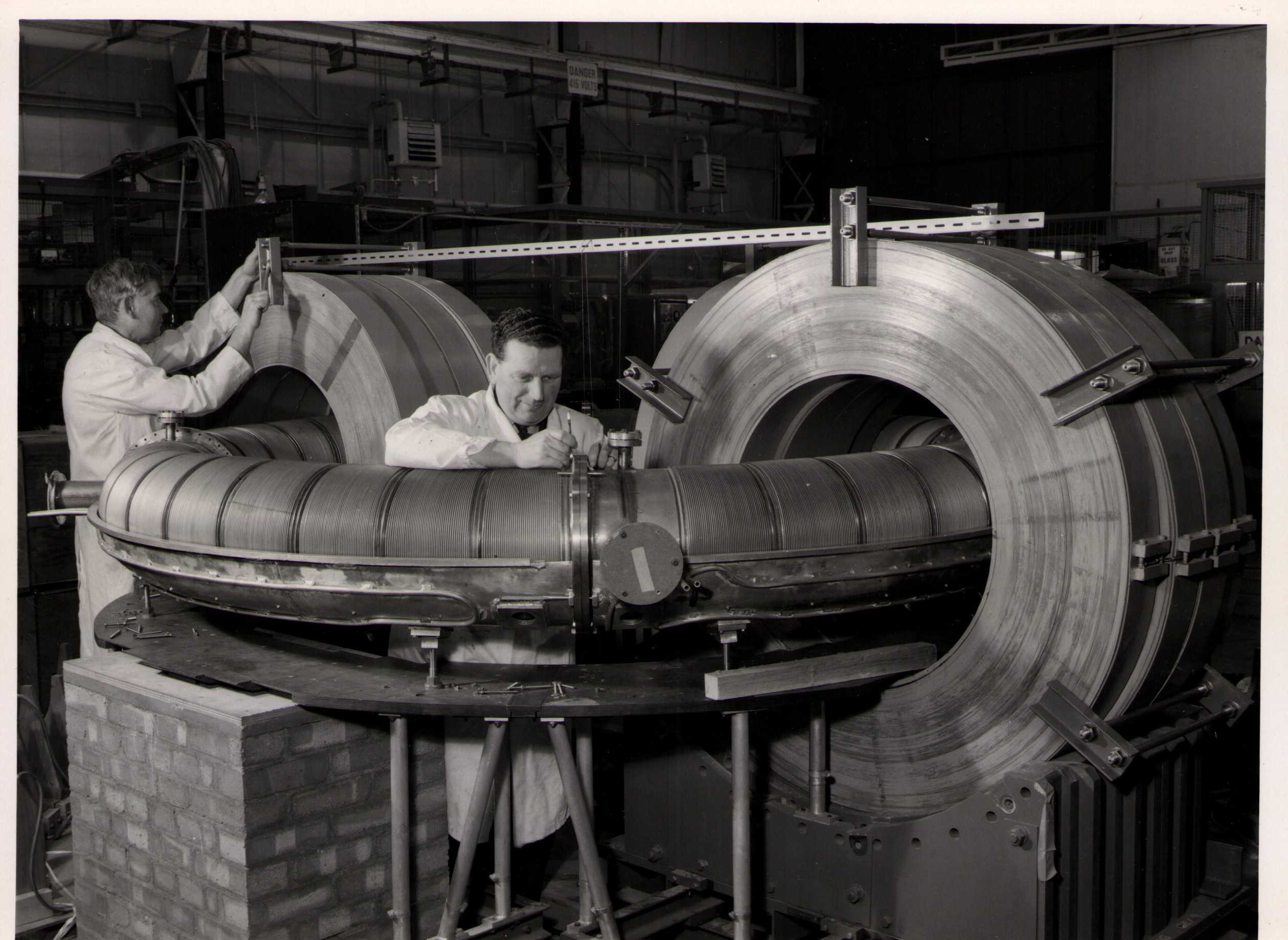
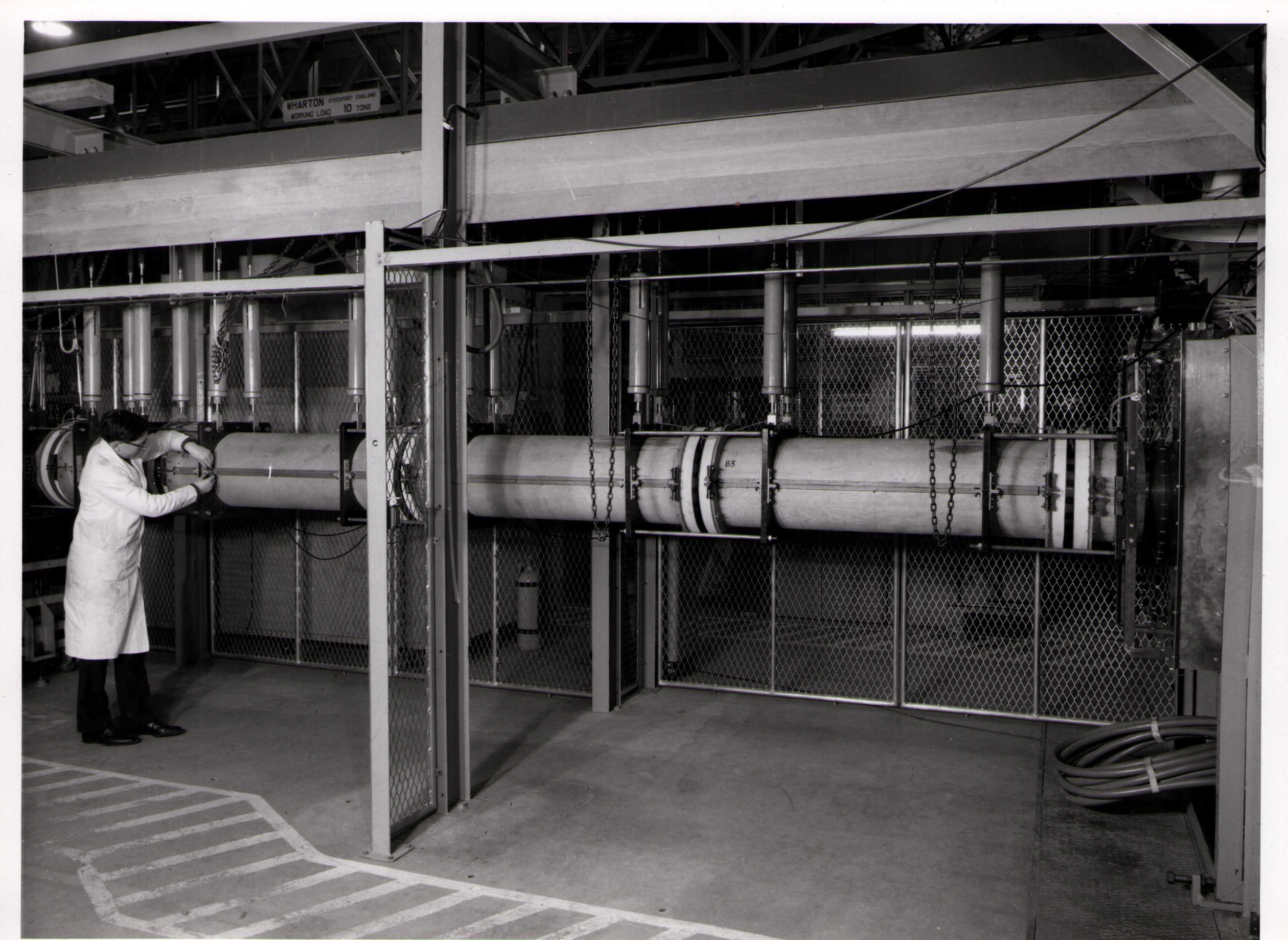
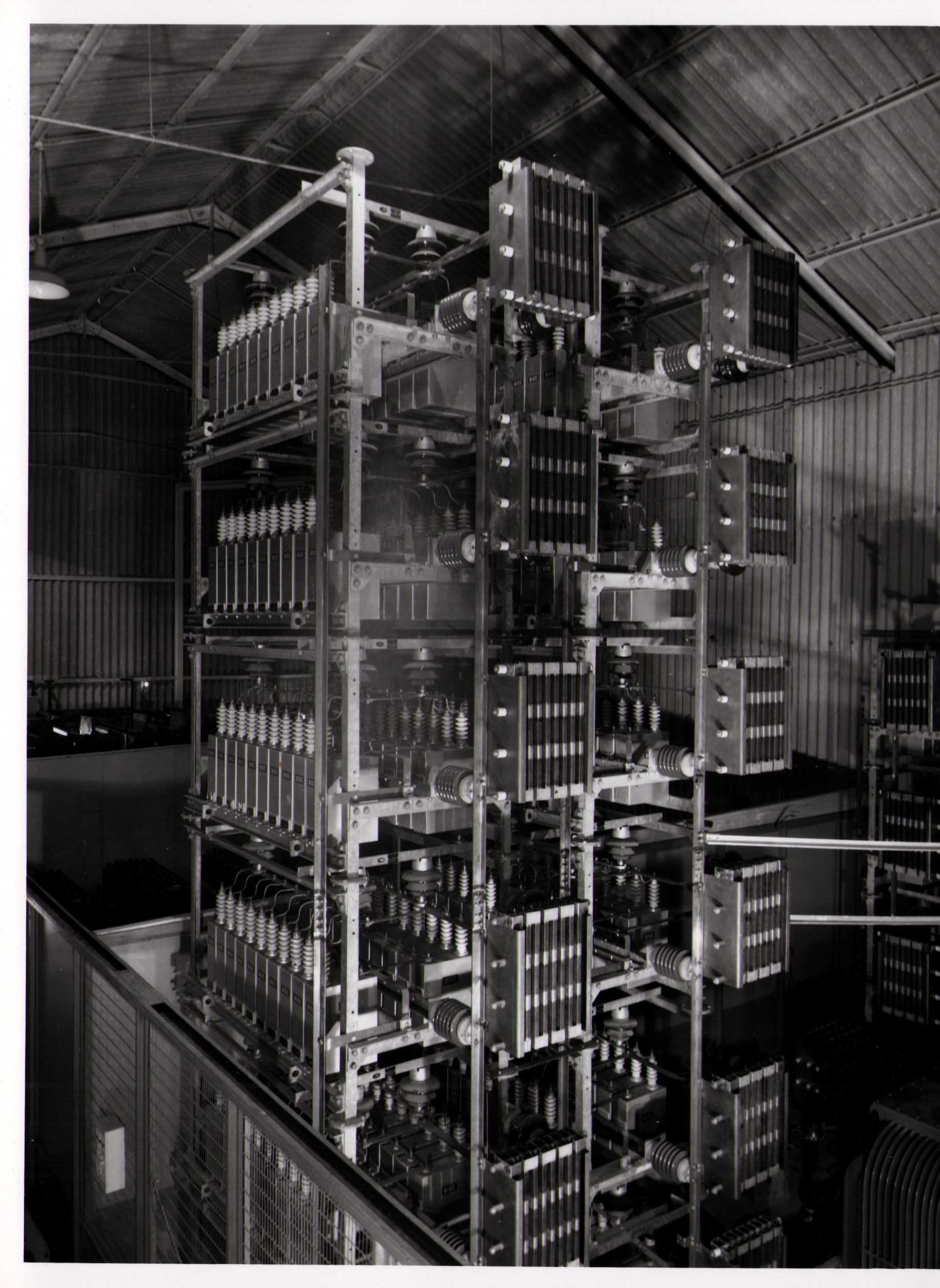

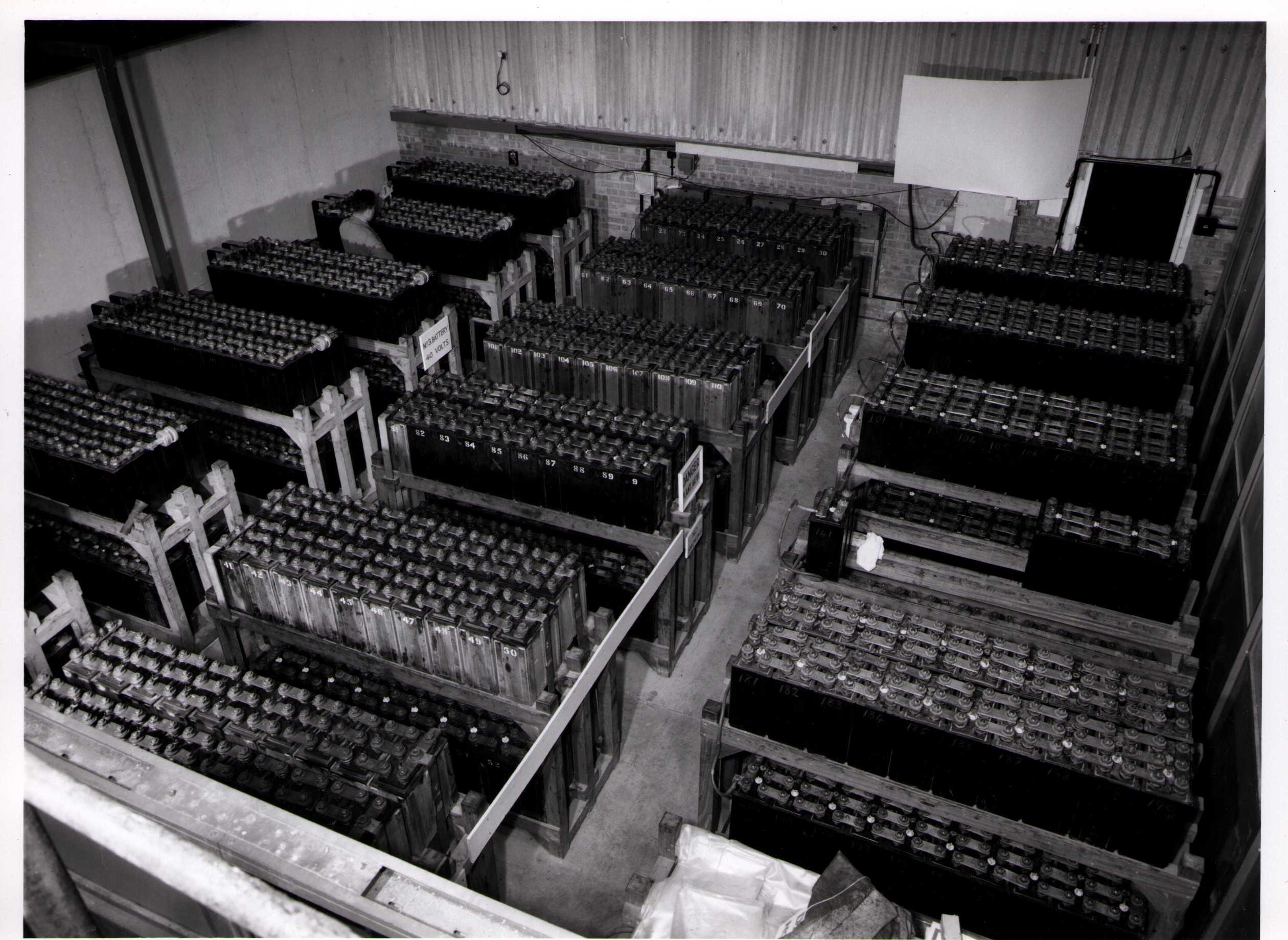
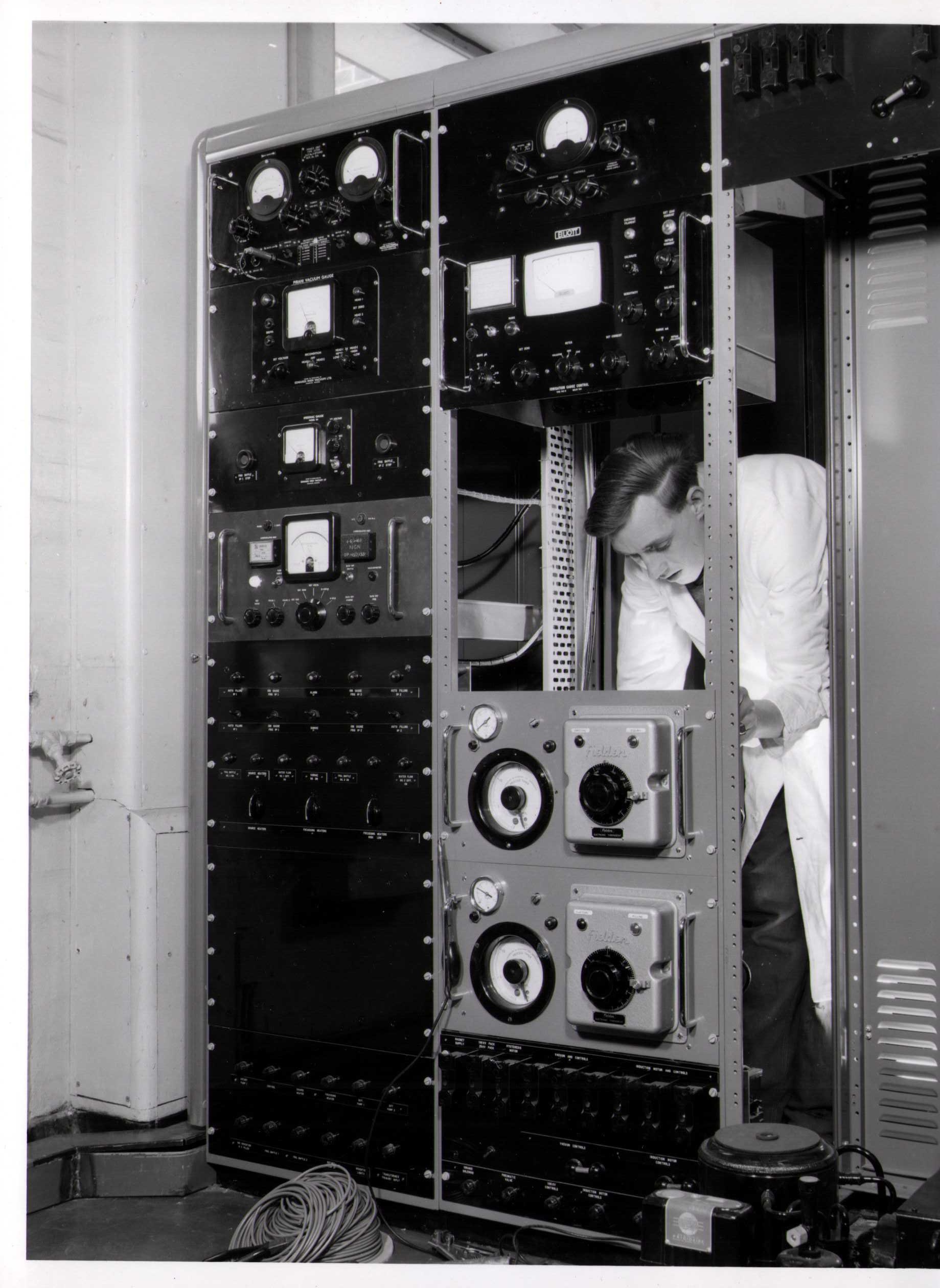
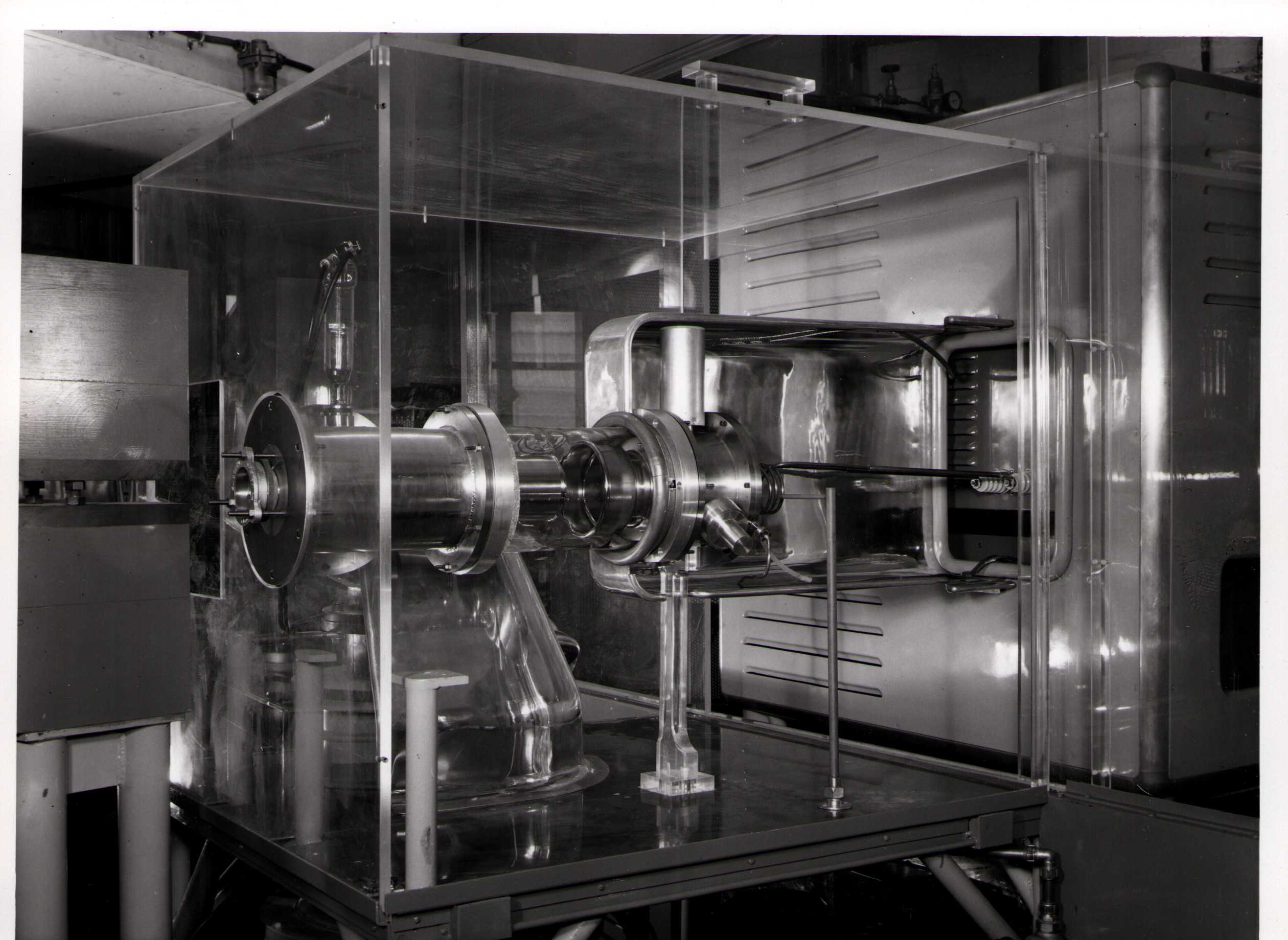
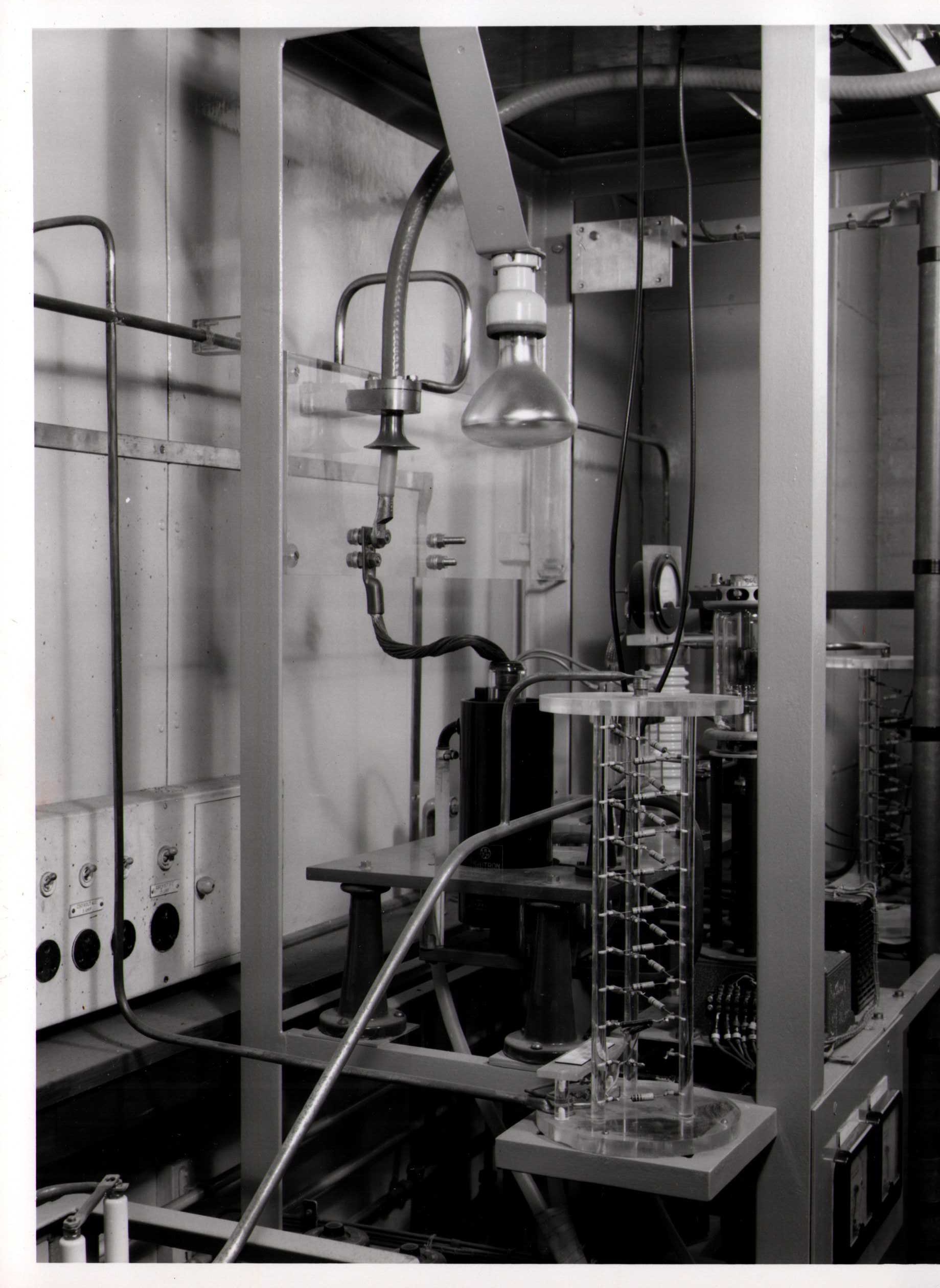
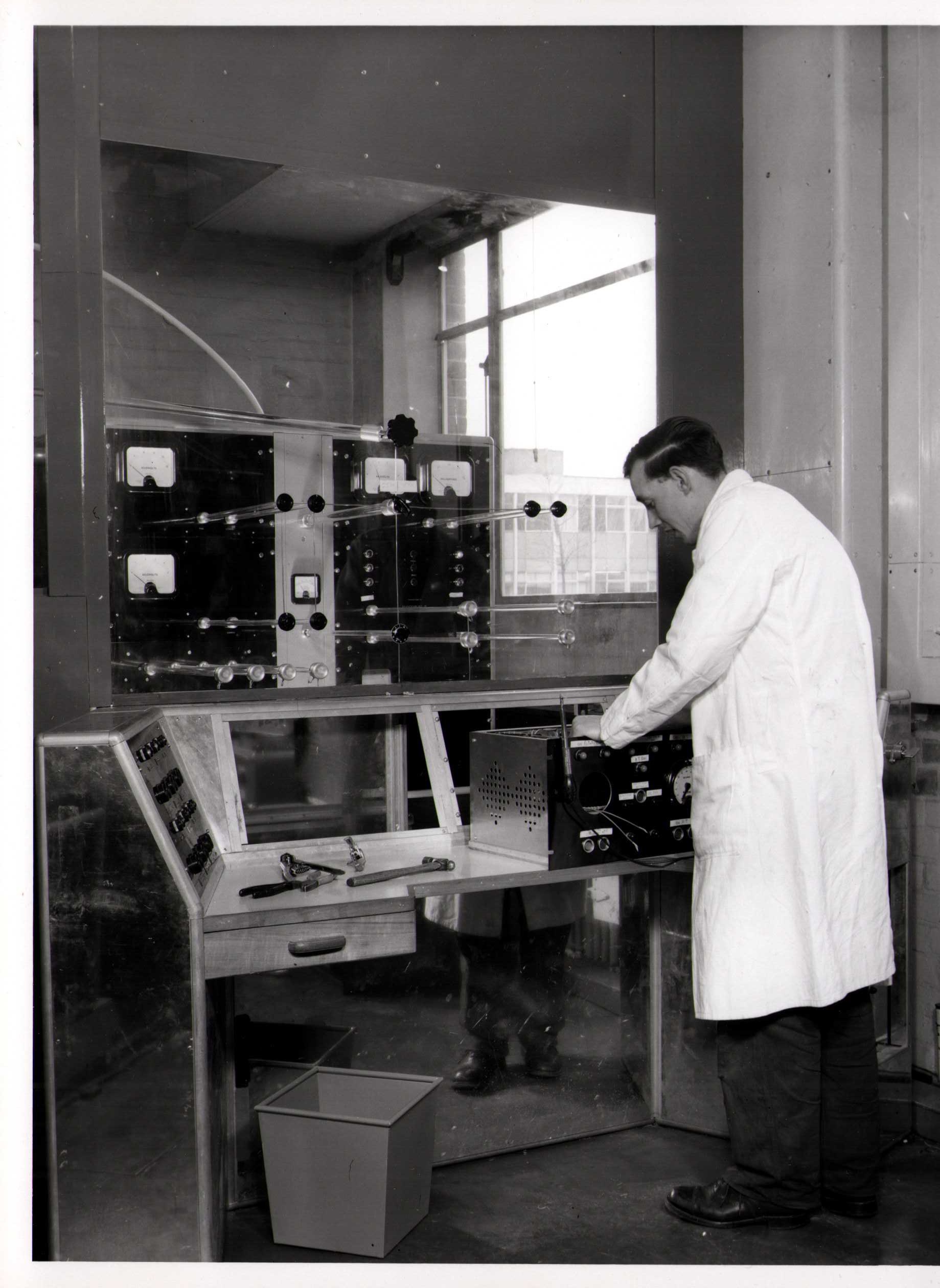
This generator has been built to accelerate particles to energies up to 12 MeV. The energy is obtained by using two 6 MeV electrostatic generators in tandem; particles are accelerated in the first half of the machine as negative ions which are then "stripped" at the intermediate high voltage terminal to yield 6 MeV positive ions for acceleration up to a total energy of 12 MeV in the second half of the machine. Thus a total particle energy of 12 MeV is obtained without generating a voltage higher that 6 MeV.
On the 5th February 1960, Professor Niels Bohr, Nobel Prize winner for physics, officially inaugurated the world's first 25 thousand million electron-volt (25 GeV) Proton Synchrotron (PS) at the CERN site, near Meyrin, Geneva Switzerland. Protons produced from and ion source of hydrogen gas are accelerated via a "Cockcroft-Walton" pre-accelerator and a 50 MeV linear accelerator and then injected into the synchrotron proper. In the synchrotron vacuum chamber 656 feet in diameter the protons are accelerated by electric fields to 99.94 percent the speed of light and are kept in orbit by the increasing magnetic field. CERN -- the European Organisation for Nuclear Research -- of which the United Kingdom is a member country, works exclusively in the field of pure and fundamental research.
From the "University of Minnesota / Photographic Laboratory" stamp on the back of the photos, these are assumed to be the Physics Department's 68 MeV proton linac, one of the most powerful accelerators in the world in the 1950s. It was replaced by a Tandem Van de Graaff in 1966. This particular set of photos was collected by Bernard Loach. (Photographs 2b and 4b have "JDL" written next to them in pencil.)
Luis Alvarez's linac, operational in 1947-48. This was the first proton linear accelerator and used drift tubes within a resonant cavity to accelerate protons to 32 MeV. On the back of each photo is stamped "Information Division, Radiation Laboratory / University of California, Berkeley, California." This set of photos was collected by Bernard Loach.
A collection of postcard-type photos collected by Bernard Loach presumably in the 1950s. The Bevatron achieved its first pulse on 1 April 1954. This was the first accelerator to produce antiprotons (in 1955) for which Emilio Segre and Owen Chamberlain were awarded the 1959 Nobel Prize in Physics.